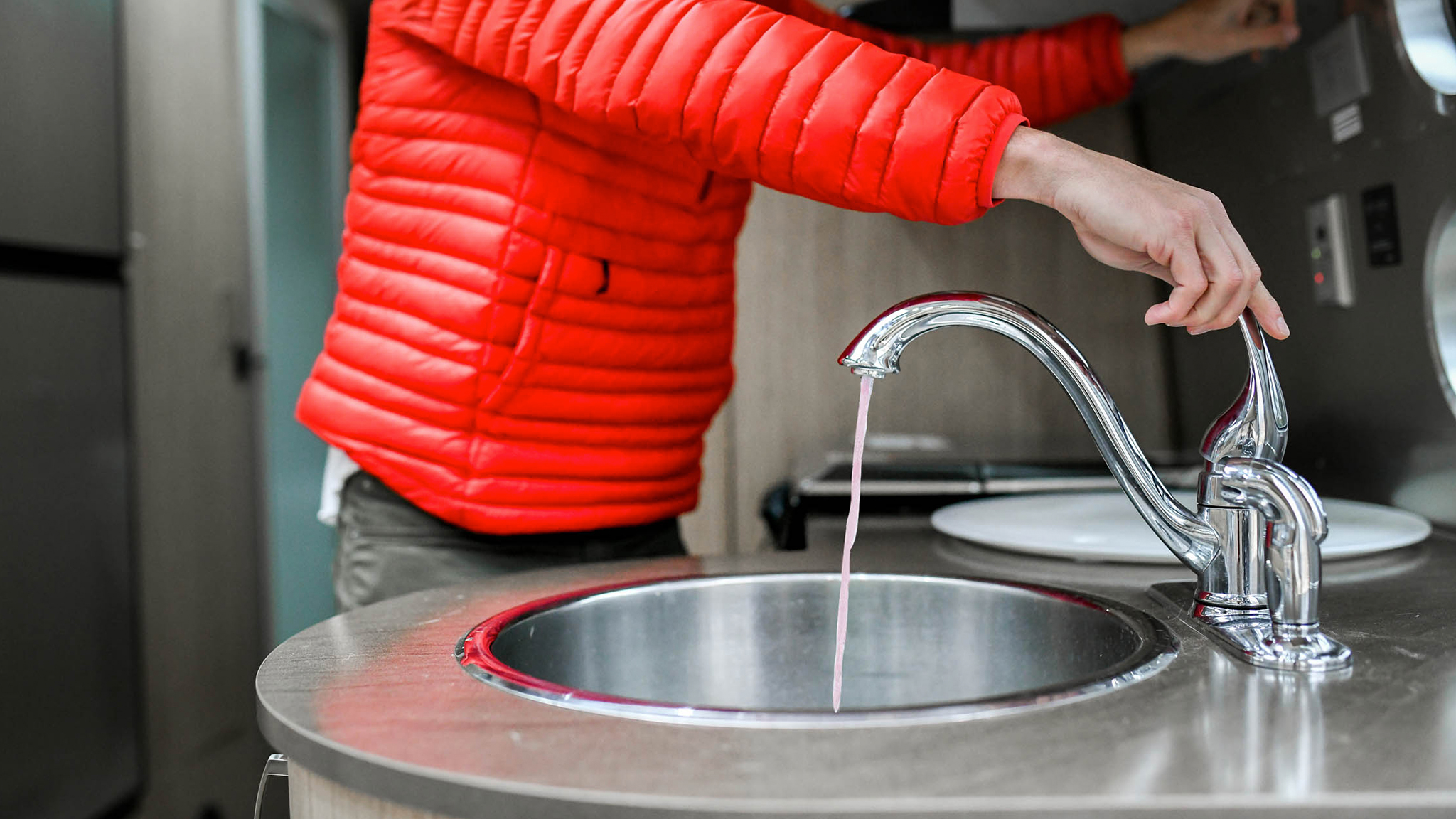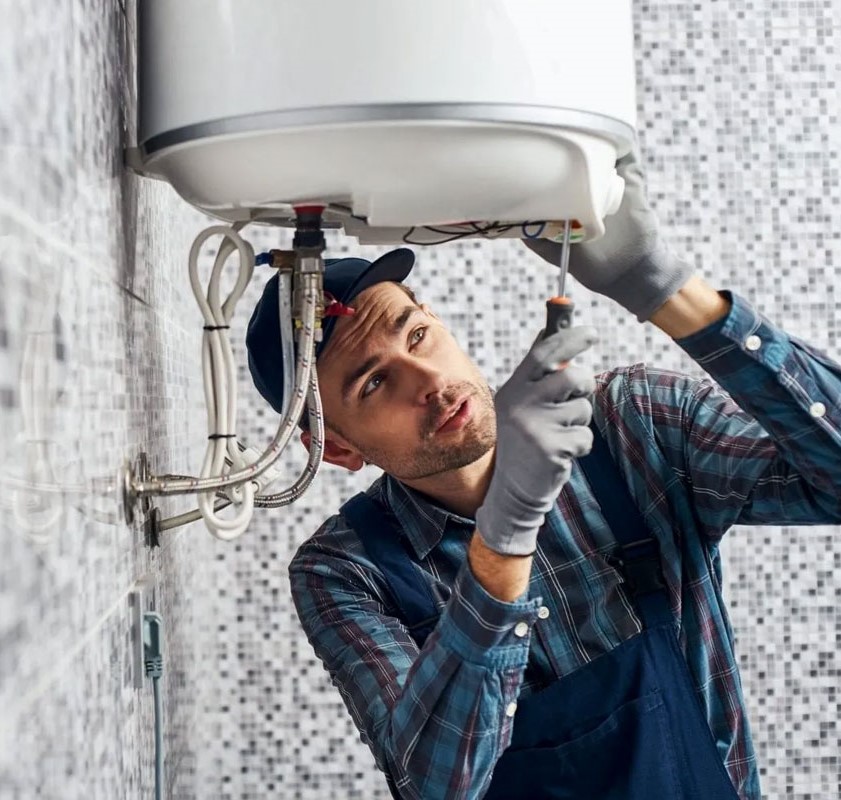Wise Winterizing Solutions: 5 Techniques to Prevent Pipe Bursts
Wise Winterizing Solutions: 5 Techniques to Prevent Pipe Bursts
Blog Article
This post below in relation to How to Prevent Frozen Pipes is amazingly motivating. You should investigate for yourself.

All home owners who live in pleasant climates should do their best to winterize their pipelines. It is something you need to do throughout fall before deep winter absolutely starts. Failing to do so can spell calamity like icy, fractured, or ruptured pipes. Here are some convenient winterizing hacks to keep your plumbing system protected even if the weather condition exterior is terrible.
Switch on the Faucets
When the temperature declines and it appears as if the cold temperature will certainly last, it will assist to turn on your water both inside your home and outdoors. This will maintain the water flowing with your plumbing systems. In addition, the movement will certainly slow down the freezing procedure. Notably, there's no demand to turn it on full force. You'll end up losing gallons of water by doing this. Instead, aim for concerning 5 drops per minute.
Open Up Cabinet Doors Hiding Plumbing
When it's cool outside, it would certainly be helpful to open cabinet doors that are camouflaging your pipes. Doing this little technique can keep your pipes warm and limit the potentially harmful outcomes of freezing temperature levels.
Require Time to Cover Exposed Water Lines
One great and also simple hack to warm up freezing pipes is to cover them with warm towels. You can also make use of pre-soaked towels in warm water, simply don't neglect to put on safety gloves to guard your hands from the warm.
Try a Hair Clothes Dryer or Warmth Gun
When your pipes are nearly freezing, your reliable hair clothes dryer or warm weapon is a godsend. If the warm towels do not help remove any kind of clearing up ice in your pipes, bowling hot air directly into them might help. You might finish up damaging your pipelines while attempting to thaw the ice.
Turn off Water When Pipelines are Frozen
If you notice that your pipes are totally icy or virtually nearing that stage, transform off the major water valve right away. You will normally locate this in your basement or utility room near the heating unit or the front wall surface closest to the street. Transform it off as soon as possible to stop more damages.
With even more water, even more ice will pile up, which will eventually lead to break pipelines. If you are not sure regarding the state of your pipelines this wintertime, it is best to call an expert plumber for an evaluation.
All property owners who live in pleasant environments should do their best to winterize their pipes. Failing to do so can lead to catastrophe like frozen, fractured, or ruptured pipes. If the warm towels do not assist remove any settling ice in your pipelines, bowling hot air directly right into them may help. Transform off the primary water valve immediately if you discover that your pipes are completely icy or practically nearing that stage. With more water, even more ice will load up, which will ultimately lead to burst pipelines.
PREVENT YOUR PIPES FROM FREEZING THIS WINTER
A Leading Cause of Property Damage
When the weather is taking a deep nose dive into the cold dreary days, the risk of your pipes freezing and potentially bursting skyrockets. Unfortunately, during these cold dreary months, burst pipes are the most common denominator for property damage. The pipes that are most at the risk are those that are in areas where it is most cold in your home. For instance, pipes located in interior places such as basements, attics, and your garage. Unfortunately, that doesn’t mean that the pipes running through your cabinets or exterior walls can’t freeze. Good news, however, is that you can do things to help prevent pipes from freezing.
How to Prevent Pipes From Freezing
Once the temperature starts to drop during the winter, you should be taking the proper measures needed to ensure that your pipes stay warm and that there is circulation of water through them. Some steps that experts may recommend could go against your better judgement when it comes to saving water and heat. However, it would go without saying that when expenses are compared, damaged pipes could put a bigger dent in your wallet than a water bill.
What Can I Do?
Keep your garage door closed. This is very important, especially if you have water supply lines running through your garage. Open your kitchen and bathroom cabinets to allow warm air to circulate through them. Allow air circulation throughout your home. Keeping the interior doors open will once again allow the warm air to circulate inside your home. Ensure your thermostat is running the same temperature throughout the night and day. If you plan to be away from home during the cold months, set your temperature no lower than 55° F. This should provide enough heat to keep the pipes warm and prevent any remaining water inside the pipes from freezing. For more of a long-term solution, add insulation to attics, basement, and other crawl spaces around your home. By allowing your faucet to drip, it will alleviate pressure in the system. This is important because the pressure that is created between the blockage and the faucet can potentially cause the pipes to burst. Allowing the faucet to drip will prevent the pressure from building up, therefore keeping the pipes from bursting. Seal any cracks, openings, and crawl spaces around your home to prevent cold air from coming inside. This keeps your pipes-not to mention your home-warmer and less susceptible to issues caused by freezing temperatures. For the pipes in your home that are easily accessible, applying electrical tape to them might prevent them from freezing over. This is a quick fix, as you can apply the tape directly to the pipe. There are two options for heating tapes. One turns on and off by itself when it senses heat is needed. The other type of heating tape needs to be applied when heat is needed and removed when not necessary. If you have exposed pipes in your home, you can check this website to take a look at a few options that would be available at a shop near you.

Do you like reading up on Winterizing Your Pipes? Place feedback directly below. We would be pleased to find out your responses about this write-up. We are looking forward that you visit us again soon. Do you know about another individual who is fascinated about the topic? Take a moment to promote it. Kudos for your time. Don't hesitate to stop by our blog back soon.
Expert care? Call. Report this page